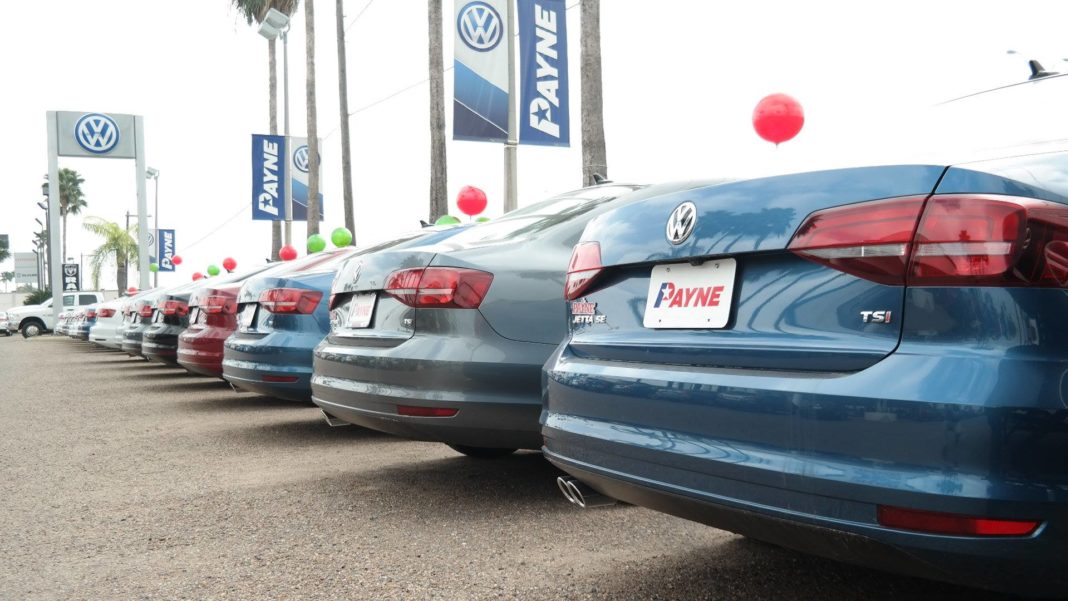History of Horsepower
Did you know that “one horsepower” doesn’t actually equal the power of one horse?
Scottish engineer James Watt (yes, the same guy who the energy label “watt” is named after) decided to use the term horsepower to compare the output of steam engines to that of a workhorse. Eventually, the term was expanded to include that of pistons, turbines and other electric gears that are found in vehicles.
But what does “one horsepower” equal? According to Watt, horsepower is meant to equal the “amount of power that a horse can sustain for an extended period of time.”
Although James Watt’s original formula for horsepower can’t quite measure everything a car engine can do today, car manufacturers still use horsepower because it’s a consistent unit of measure. Horsepower today can’t tell us everything we need to know about a vehicle, but it can be useful in comparing models.
How We Use Horsepower Today
What we use horsepower to measure today is a vehicle’s acceleration. High-performance models, like the Ford Mustang and Chevy Camaro, always make sure to let the competition know how much horsepower their models get. Though, as said earlier, there’s more to a car than just horsepower. Torque is also a big factor in high-performance vehicles.
Horsepower is how fast you can go, torque is how far you will go. Essentially, torque is a force and horsepower is the rate at which the engine does work.
When it comes to seeing how fast a vehicle is, different factors matter. You need to look at top speed, acceleration, torque, power, gearing, RPM’s and a whole slew of other factors that work together.
When searching for a high-performance vehicle, horsepower is only one factor you should look at. Think of the vehicle as a puzzle where all the pieces work together to create a bigger picture. Overall, power is what really determines performance.
If you’re looking for a high-performance vehicle, please visit our website: Payne Auto Group



















